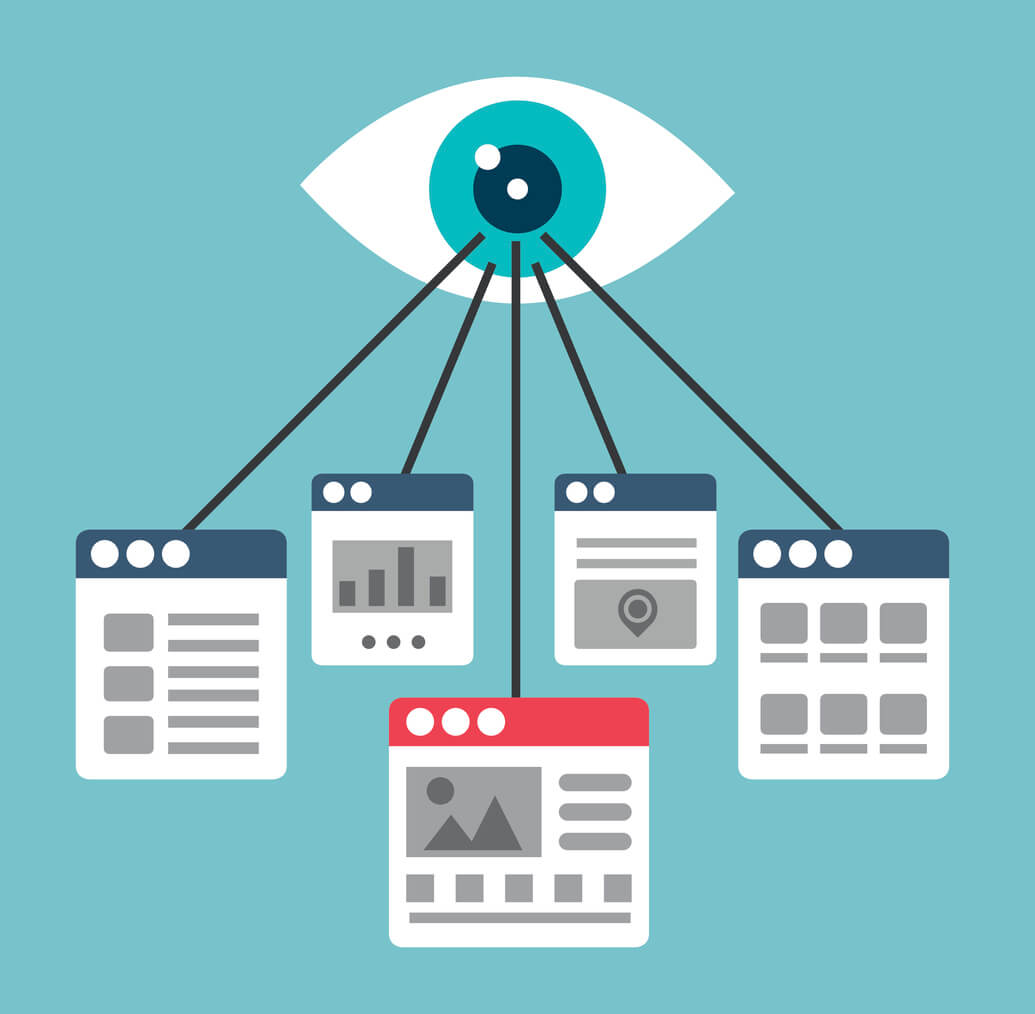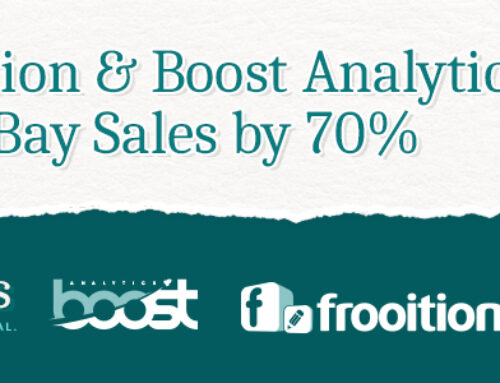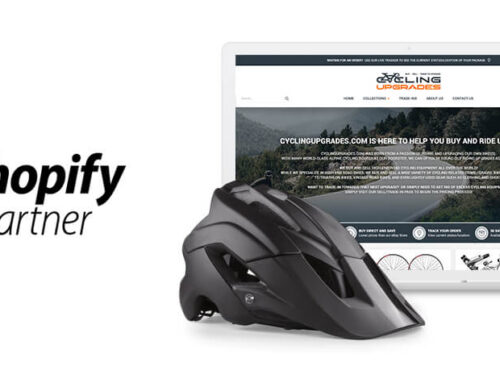
An e-commerce website’s appearance, usability, and features should shout trustworthiness and professionalism. How an e-commerce website looks and works indicates its safety and credibility to potential customers. Therefore, the essential rule of good e-commerce website design is understanding what makes your website enjoyable for a customer to use. The day your website stops making customers feel good about doing business with you, it starts hurting your business.
If your e-commerce site is experiencing any of the following 7 signs, it’s probably time to upgrade.
1. Your site is slow
The cardinal sin of e-commerce website design has to be slow load time. Customers hate slow loading websites. It has always been this way, but with fast connections now being the norm even on mobile devices, customers are becoming even less patient.
40% of customers will leave a website and not return after waiting 3 seconds or longer for loading.
Consequently, if your site is slow, it may be time for a new site or at least some site improvements.
We have written a free guide to improving your site’s load speed which you can download for practical advice on improving your site speed.
2. Your site is difficult to maintain
If changing the home page banner or updating product information on your site is difficult or requires a developer, you may need a new website.
E-commerce platforms such as BigCommerce or Shopify have many functions, not the least of which is to manage content — whether that content is product information, images, or blog posts. Above all, you should be able to make rapid changes in a few easy clicks.
3. Your Code Base Is Out of Date
This is the golden age of web development. Almost daily there are new capabilities, new APIs, new frameworks, and new libraries available. It can be hard to keep up. Unfortunately, being behind isn’t just a matter of missing out on features or performance. From a security point of view, out of date code is often vulnerable code.
Therefore, e-commerce websites need regular maintenance to ensure safe code is used. If your site has an old code base, a new website could be in order.
4. Your Site Is Hard to Navigate
Shopping online should be easy. A good e-commerce website design needs a functional search tool that returns relevant results in a flash. In addition, it needs product categories that quickly filter down products. Layered and faceted navigation is needed to help make it easy to sort through your offerings.
Customers won’t always tell you when your site navigation is bad. They will just leave. If conversion rates or time on site stats are poor, a possible navigation problem should be one of the first you investigate.
Long drop-down menus are a notorious conversion killer. This is obviously a problem for merchants with a wide inventory. However, a mega menu solves this issue. A mega menu is a type of expandable menu, in which many choices are displayed in a two-dimensional layout. Navigation is structured through typography and everything is visible at once, subsequently eliminating the need for scrolling.
Good e-commerce site navigation, like this header menu on wildaboutcarts.com ; an e-commerce website design created by Frooition BigCommerce developers.
5. Your Site Is Difficult to Expand
It should be easy to integrate your e-commerce platform with third-party services. Want to start using a great new order processing software suite? You should be able to tie into it via an application programming interface (API). Having a site or platform that can’t puts you at a competitive disadvantage.
When your goal is to increase turnover and profits, your website must be easy to extend and integrate. If it’s not, you may need a new website.
6. You’ve just turned over your first million
The e-commerce platform that got you your first million in online sales may not be the best choice to get you to 10 million.
Online shops with annual sales below a million are grouped as small e-commerce retailers, and often face significantly different challenges to larger online sellers. Therefore, it only makes sense that you might need a different e-commerce platform to make that jump from small to medium e-commerce.
Look for solutions that help you automate processes.
For instance, when your business had ten orders a day, it was simple to look out for fraud. However, when you have 1,000 orders per day, automated fraud prevention may need to be integrated into your site.
When your business grows, your website must evolve too.
If you are interested in seeing more live e-commerce website design examples, check out our Shopify and BigCommerce portfolios.







